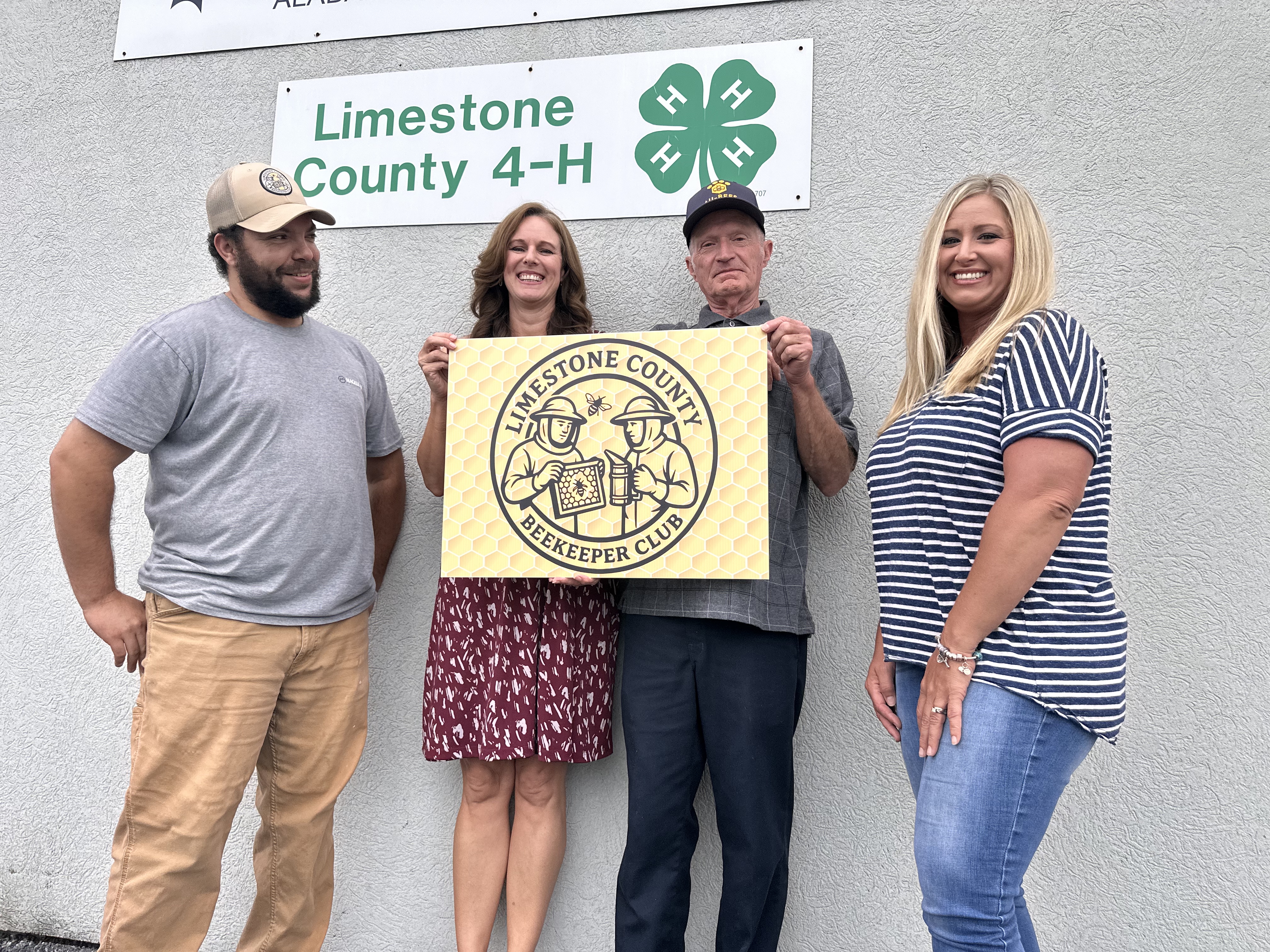Fighting cogongrass: Pretty plant with devastating impacts
Published 1:39 pm Friday, April 4, 2025
In a few short weeks the drive through Alabama will be covered with blooms of fluffy white and maroon colored grass on either side of the highway. While some may think this plant is pretty blowing in the wind, it is one of Alabama’s most invasive plant species: cogongrass.
Cogongrass (Imperata cylindrica), native to subtropical parts of Asia and South Africa, is a perennial rhizomatous grass that is a detriment to native plants in Alabama. This pesky grass spreads easily due to the seed heads and underground stems known as rhizomes and creates dense mats that choke out other plant life. It even disrupts wildlife and livestock and can overtake pastures and rangelands.
Cogongrass was first identified in the state in Grand Bay more than a century ago. Sold as an ornamental grass and desired for its burgundy hue, cogongrass was marketed with a more pleasant name: Japanese blood grass. Noxious weed experts and plant scientists have spent years researching and studying how to eradicate one of the Southeast’s most harmful invasives.
How to Control It
David Russell, an Alabama Cooperative Extension System weed scientist, is conducting several herbicide trials to evaluate their efficacy. Herbicides such as glyphosate and imazapyr have shown fair results but often require sequential application for control.
“Landowners can expect to continue spraying these herbicides for two to three years for best results, based on what we have seen from our research,” Russell said. “They can always contact us at Extension for treatment recommendations.”
Additionally, Russell has multiple trials on highway roadsides and rights of way in partnership with the Alabama Department of Transportation. Russell has an appointment with the Alabama Agricultural Experiment Station to conduct research that provides effective weed control options, leveraging new technologies and advanced herbicides for continuous improvement.
“Our collaboration with ALDOT is very important to slowing the spread of cogongrass,” Russell said. “It is important to make them aware of what to look for and how to control it.”
How to Identify It
Cogongrass, a federal and state listed noxious weed, pops up almost statewide in Alabama. Some distinguishing characteristics include the following:
— Densely grown patches, mainly circular
— Generally 2 to 3 feet tall, but can reach up to 6 feet
— White/silver fluffy plumes that bloom from March to June
— Red or maroon hue
— White prominent mid-rib
— Yellowish-green leaves ½ inch to 1 inch wide
— Unapparent stems at the base
Cogongrass spreads many ways, but wind dispersion and moving equipment are both very common means of spreading. Both of these can be avoided by humans. Cogongrass infestations should be managed with caution — especially when heavy equipment comes into play. Bushhogging, mowing and burning may make matters worse and facilitate opportunities for further spreading of rhizomes. Cleaning heavy equipment, vehicles, shoes and clothing are crucial steps when contact occurs to help prevent contamination.
Working Together
Alabama Extension and Auburn University continue joint efforts with Alabama Department of Agriculture & Industries and Alabama Forestry Commission in reducing the spread of cogongrass through research, outreach, education and marketing. Contact Alabama Extension professionals for the best treatment and control recommendations on personal properties. Sightings of cogongrass can be reported to Alabama Extension and the Alabama Forestry Commission.
More Information
Learn more about cogongrass identification and tips to stop the spread at www.aces.edu or by reading the Extension publication, Stop Cogongrass Hitchhikers.





